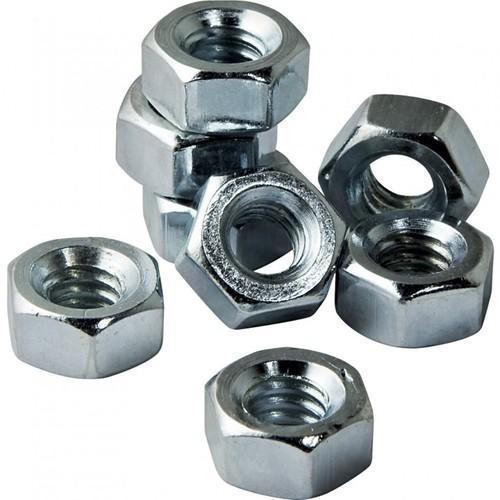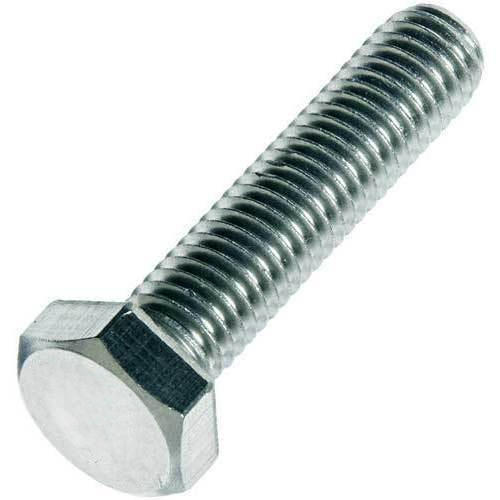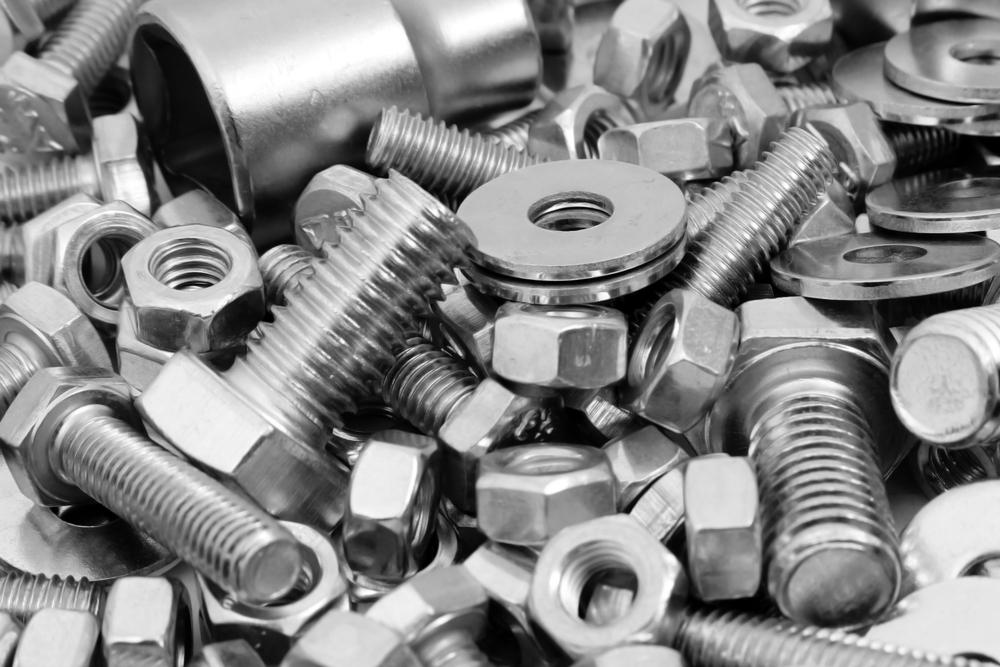What exactly is Nut?

A nut is a type of fastener with a threaded hole. It’s used in conjunction with the conjugation of a bolt. The two partners (i.e. nut and bolt) are held together by thread frictions, slight bolt stretching, and compression of the piece to be linked together.
Detailed Explanation on Nuts:
A nut is a little metallic object with a grooved hole in the centre. The grooved holes in the cloth are known as threads. Things are held together with nuts. While nuts are useful for fastening, they cannot be used without bolts. To grasp this, we must first comprehend the nut’s shape. Its exterior part can be curved in any way, although the most frequent shape is a hexagonal cap or a circle.
Because the stem of the bolt enters here, the inside of the bolt is always circular in shape, and the stem of the bolt is always cylindrical in shape so that it may easily rotate and fit in the threads.
Today, the hexagonal nut is the most popular nut. The primary reason for this is that it provides greater granularity or grip to the tool that may be used to remove the nut.
Furthermore, having too many sides causes greater wear and tear, therefore six sides is the greatest solution for both of these problems.
Depending on their intended function, nuts come in a variety of forms and sizes. They range from typical household nuts to nuts specifically tailored for industrial applications.
The most common nuts include caged nuts, barrel nuts, acorn nuts, coupling nuts, and other types of nuts.
What exactly is Bolt?

A Bolt is a sort of fastener that consists of a threaded cylindrical rod and a nut. It’s used to connect two components with a nut. It’s a fastener of some sort.
Explanations for the term “bolt” include the following:
Bolts are cylindrical metallic devices having groove-like incisions on the inside that resemble the grooves on the inside of nuts. A head protrudes from the threaded stem, assisting in the attachment’s keeping together. A bolt is put into a nut’s circular threaded hole, with the bolt’s grooves completely matching the nut’s grooves. As stated in the above paragraph, nut is a type of nut. Rotational action may cause the bolt nut to move further up the bolt.
Some bolts are threaded all the way down the stem, while others are just threaded at the very end.
The distinction between bolts and nuts is hazy, and it’s simple to mix them up. Bolts do not pass through a threaded region and are fastened with a bolt; yet, they are used for threaded components.
Because it provides the maximum granularity for tools necessary in extraction, the hexagonal bolt head is the most common shape for bolt heads.
Bolts such as elevator bolts, anchor bolts, arbor bolts, J bolts, lag bolts, and other important types of bolts are commonly used.
Main differences between Nuts and Bolts
| Nuts | Bolts, |
| A nut is a type of fastener that is always used in conjunction with a bolt | The nut is held in place by a bolt, which is a solid cylindrical fastener |
| A nut is a type of fastener that is always used in conjunction with a bolt | The nut is held in place by a bolt, which is a solid cylindrical fastener. |
| The nuts have a circular cross shape and are hollow round cylinders. | The bolts have a circular cross shape and solid cylinders. |
| Internal threads exist in nuts. | External threads are on the bolts. |
| When compared to bolts, nuts are much smaller. | When compared to nuts, bolts are larger in size |
| To prevent loosening, nuts contains locking mechanism. | Bolts have no locking mechanism. |
| Nuts have no heads. | Bolts have heads that can be used to tighten or loosen them |
| The nuts are subjected to compression forces and, as a result, are prone to failure due to compressive pressures. | Bolts are subjected to tensile forces and fail as a result of the tensile stresses. |
| Hex nut, Nylon insert lock nut, Jam nut, Nylon insert jam lock nut, Square nut, Cap nut, Acorn nut, T- nut, Kep nut, Castle nut, Wingnut, Flange nut, Slotted nut, Coupling nut, and so on are some of the different types of nuts | Anchor bolts, carriage bolts, elevator bolts, Flange bolts, Hanger bolts, Hexagon bolts/Tap bolts,Lag bolts, Machine bolts, Plow bolts, Sex bolts, Shoulder bolts, Square head bolts, Stud bolts, Timber bolts, T-head bolts, Toggle bolts, U-bolts, J-bolts, Eyebolts, etc. are some of the different types of bolts. |
Nuts & Bolts reaches its conclusion.
Nuts and bolts are two separate ideas that are commonly confused. When working with professionals, attempting to purchase something, or placing an order with a hardware store, misunderstanding is normal, and it must be resolved. It’s easy to get mixed up between nuts and bolts; they’re both fastening devices that work together.
READ MORE:
Industrial Fasteners: A brief overview on different types of industrial fasteners & their functioning.
Difference Between Nuts, Screws & Bolts: Known the difference between these Nuts, Screws & Bolts, and which fastener to select for your job.


Recent Comments